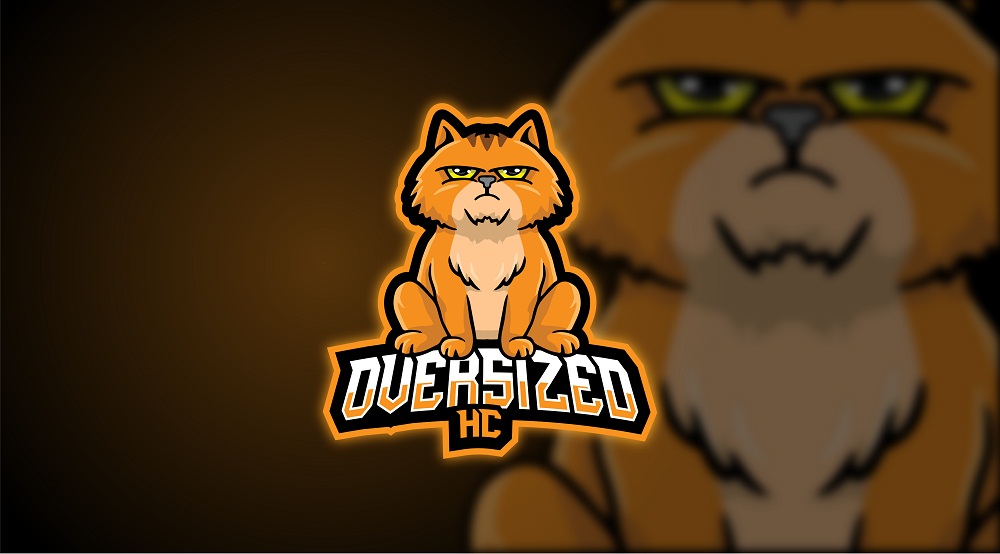If we take a closer look, the nanoblock toys are micro-sized building bricks, and they are a direct competitor from Japan to LEGO. Many people enjoy playing video games, games and toys, and even if you are in your 30s, today, it is widely accepted. For example, many adults like to build stuff with bricks with LEGO. It is one of the coolest grown-up hobbies. Nanoblock is similar to LEGO; the only differences are the bricks; they are miniature bricks.
Nanoblocks can be found in any shop that has Japanese themed toys. However, the usual nanoblock shop showcases brick toys with animals, like pandas, lions and licensed products. The first thought you’re going to have is when you see a nanoblock toy is how tiny is the toy that you feel under the cuteness spell. The packaging and overall design is intriguing, something that is always to be admired, especially for Japanese products.
What is Nanoblock?
A nanoblock is a toy that contains elements of construction with bricks of 5 mm. It is considered the most incredible construction game in the world because it allows you to build mini figurines of an unequalled precision. Coming from Japan, the bricks are among the smallest in the world measuring 4mm x 4mm x 5 mm. They are super tiny.
Building them takes time and precision, and somehow they can feel oddly therapeutic. While many have experience with building LEGO models or assembling Warhammer pieces, Nanoblock comes with a different experience. Assembling the pieces manages to maintain a balance between challenging yet calming experience because it comes with detailed instructions which doesn’t make it difficult. However, the intricate and tiny nature of the nanoblock pieces requires undivided attention.
For a construction set fan, Nanoblock can offer superior building experience, which is also challenging, sophisticated and more detailed than any other system.
The Difference Between LEGO & Nanoblock
So it is clear that the main difference between LEGO & Nanoblock is the size. Another strategic position is that Nanoblock addresses to an older demographic and caters accordingly with having the choice of models. The nanoblock toys started with the architectural models and replicas of renowned monuments. In addition, Nanoblock has expanded to animals, space, Japanese tradition, daily life and food and special licensing items such as Pokemon, Dragonball and other Japanese related brands.
About the Nanoblock company
Kawada designs the toys, and in 2008 they just started to sell the nanoblock commercially. The company defines itself as an “all-around toy company”, and it showcases a range of products declined from Nanoblocks and others. Their concept is articulated around the motto “learn, play, enjoy and heal”.
They said that their mission is to continue to communicate the wonders of toys and hobbies, not just for children, but for people of all generations. We learned that the company had started its business in 1952 and a toy wholesaler in Tokyo. The diablock brand of block toys was launched ten years later, in early 1962. However, LEGO started in 1932.
Kawada became more popular in 2008 when an Overseas Business Development Division was established, and the nanoblock was launched as a miniature block toy. The popularity of nanoblock keeps going up with the latest update of a new company president in August 2020, Masakazu Kobayashi.
The Nanoblock Community
Unfortunately, the Nanoblock community is smaller in size than LEGO; however, there is one Nanoblock influencer called Christopher Tan. He is a full-time Nanoblock artist from Malaysia, and he displays most of his work online. He also leads a design agency, and it also manufactures bricks. His portfolio is based with pieces made of clients that ranges from Starbucks to HSBC, Nikon and even Google.
Christopher was also into a TED talk called TEDxSunwayUniversity, which happened in 2017 in Malaysia. There he gave some insights about his career and his Nanoblock hobby. In the speech, he brought up the reason why Kawada decided on designing micro-sized building blocks. One of the reasons was that the Japanese live into small spaces, and collecting large toys is challenging for them.
He also adds up that another difference between LEGO and Nanoblock is that LEGO is designed for playability, which means that you build something, and then you play with it. For example, you build up a car you can play with it by pushing it around, turning the steering wheel and so on. On the other hand, Nanoblock is like pixel art in 3D, because if you build something, you can put it aside for display.
Besides, there is also a technical difference between LEGO and Nanoblock. It is because nanoblock toys use a double-fin locking system, while LEGO uses a tube locking system. With Nanoblock, you can pretty much have a touching creative process that comes up with custom models.

